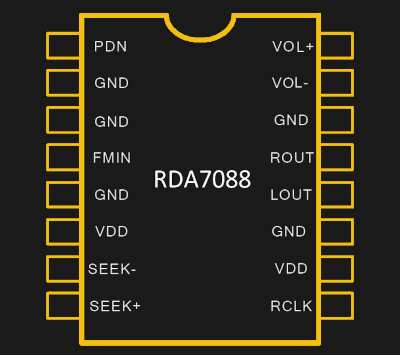There was a time when one of the perks of having a ham radio in your car (or on your belt) was you could make phone calls using a “phone patch.” In the 1970s, calling someone from inside your parked car turned heads. Now, of course, it is an everyday occurrence thanks to cell phones. But in 1977, cell phones were nowhere to be found. Joseph Sugarman, the well-known founder of JS&A, saw a need and wanted to fill it. So he offered the “PocketCom CB” which was billed as the “world’s smallest citizens band transceiver.” You can see the full-page ad from 1977 below.
Remember that this is from an era when ICs that could operate at 30 MHz were not the norm, so you have to temper your expectations. The little unit was 5.5 in by 1.5 in and less than an inch thick. That’s actually not bad, but you had — optimistically — 100 mW of output power. They claimed the N cell batteries would last two weeks with average use, but we imagine a lot less as soon as you start transmitting. The weight was 5 oz, but we suspect that is without the batteries.

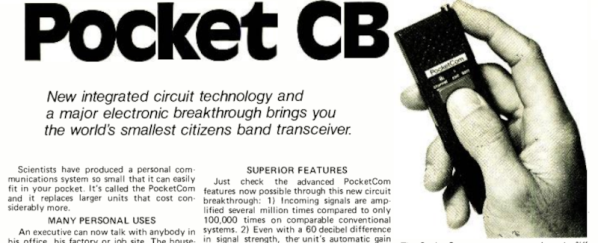

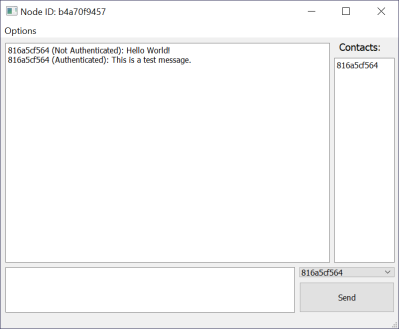


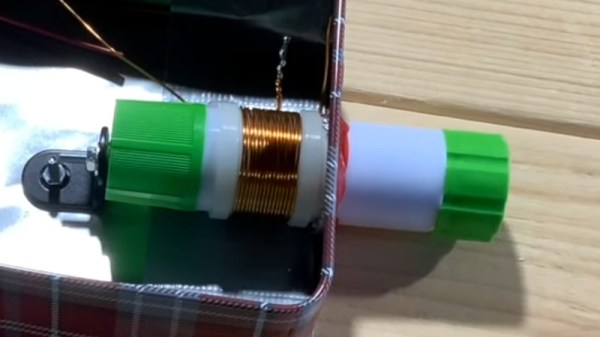
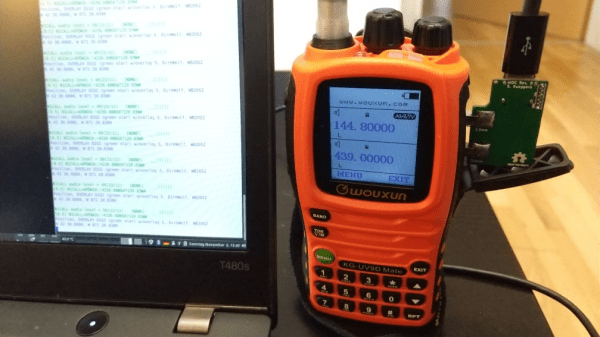
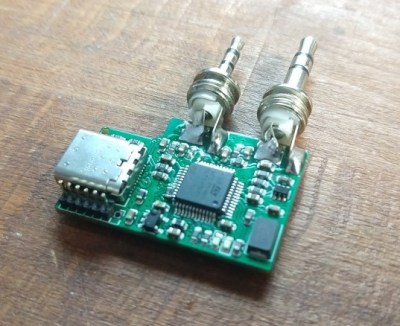 sound card as well as a virtual serial device, so interfacing to practically any host computer should be plug-and-play. Connection to the radio uses 12mm separation 3.5mm and 2.5mm TRS connectors, so is compatible with at least the Baofeng UV-5R but likely many other cheap transceivers that have the same physical setup.
sound card as well as a virtual serial device, so interfacing to practically any host computer should be plug-and-play. Connection to the radio uses 12mm separation 3.5mm and 2.5mm TRS connectors, so is compatible with at least the Baofeng UV-5R but likely many other cheap transceivers that have the same physical setup.
